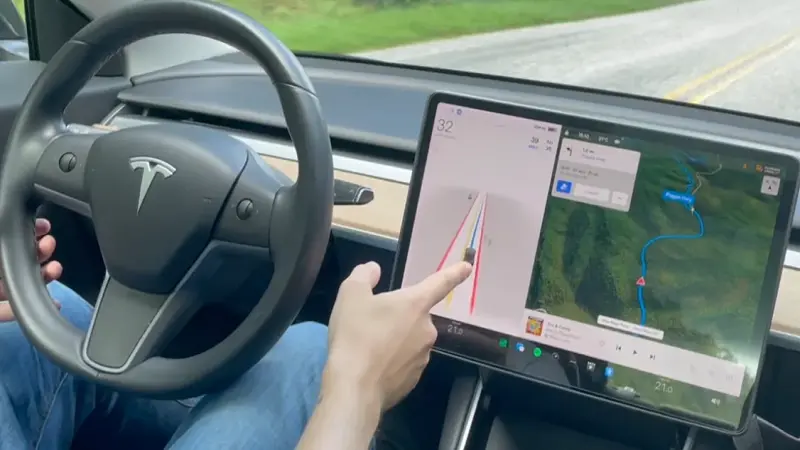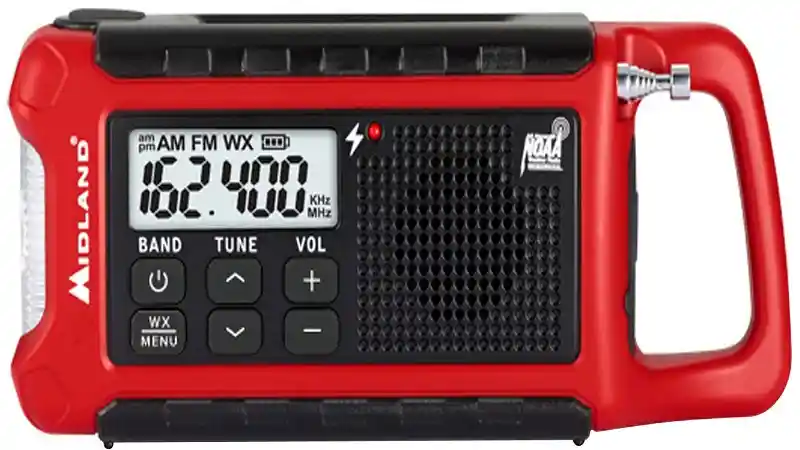Tesla has been at the forefront of the electric vehicle (EV) revolution, and one of its most ambitious and talked-about projects is its Autopilot and Full Self-Driving (FSD) technology. With significant investments and continuous innovation, Tesla aims to create a future where cars drive themselves, offering unparalleled convenience, safety, and efficiency. The journey of How Tesla Autopilot FSD 10m Teslaisaacsoncnbc is not just a technological feat but a testament to human ingenuity and perseverance.
The Genesis of Tesla Autopilot
Tesla’s Autopilot system began as an advanced driver-assistance feature designed to enhance safety and convenience. Introduced in 2014, the initial version of Autopilot included features like lane centering, adaptive cruise control, and automatic lane changes. These early capabilities marked a significant step toward more autonomous driving, but they still required active driver supervision.
The Evolution to Full Self-Driving (FSD)
As Tesla continued to refine and enhance its Autopilot system, the company set its sights on a more ambitious goal: Full Self-Driving (FSD). FSD aims to enable Tesla vehicles to navigate roads, streets, and highways without human intervention. This involves complex tasks such as recognizing and responding to traffic signals, stop signs, and pedestrians, as well as making intricate decisions in real time.
Tesla’s approach to achieving FSD involves a combination of hardware and software advancements. The hardware includes an array of cameras, ultrasonic sensors, and radar, which provide a 360-degree view of the vehicle’s surroundings. The software, driven by artificial intelligence and machine learning, processes this data to make informed driving decisions Tesla Autopilot FSD 10m Teslaisaacsoncnbc.
Milestones in Tesla’s Autopilot and FSD Development
Autopilot 1.0
The first iteration of Tesla’s Autopilot, known as Autopilot 1.0, relied on hardware supplied by Mobileye, an Israeli company specializing in advanced driver-assistance systems. This version featured a single front-facing camera, a front-facing radar, and several ultrasonic sensors. While groundbreaking at the time, it had limitations in terms of sensor redundancy and data processing capabilities Tesla Autopilot FSD 10m Teslaisaacsoncnbc.
Autopilot 2.0 and Beyond
In 2016, How Tesla Autopilot FSD 10m Teslaisaacsoncnbc 2.0, marked a significant upgrade in both hardware and software. The new hardware suite included eight cameras, twelve ultrasonic sensors, and a forward-facing radar, providing a much more comprehensive view of the vehicle’s surroundings. This hardware upgrade laid the foundation for more advanced autonomous driving features.
Subsequent versions, such as Autopilot 2.5 and Autopilot 3.0, continued to improve upon this foundation. Autopilot 3.0, in particular, introduced Tesla’s custom-designed Full Self-Driving Computer, which significantly enhanced the vehicle’s processing power and enabled more sophisticated neural network algorithms.
The FSD Beta Program
One of the most notable milestones in Tesla’s journey toward FSD is the launch of the FSD Beta program. Announced in October 2020, the FSD Beta program allows a select group of Tesla owners to test pre-release versions of the FSD software. This program has provided valuable feedback and data to Tesla, helping refine and improve the FSD system.
The FSD Beta program has demonstrated impressive capabilities, including navigating city streets, handling complex intersections, and even performing unprotected left turns. However, it is important to note that FSD Beta is still in the testing phase and requires active driver supervision Tesla Autopilot FSD 10m Teslaisaacsoncnbc.
The Role of Artificial Intelligence and Machine Learning
At the heart of Tesla’s Autopilot and FSD technology are artificial intelligence (AI) and machine learning. Tesla’s AI-driven approach involves training neural networks on vast amounts of real-world driving data collected from its fleet of vehicles. This data-driven approach allows the system to learn and adapt to a wide range of driving scenarios.
Neural Networks and Computer Vision
Tesla’s neural networks are designed to process visual data from the vehicle’s cameras and interpret it in real time. This involves recognizing objects such as cars, pedestrians, traffic signs, and road markings. The neural networks also predict the behavior of these objects, enabling the vehicle to make informed driving decisions.
Continuous Improvement
One of the key advantages of Tesla’s AI-driven approach is the ability to continuously improve the system. Tesla vehicles are equipped with over-the-air (OTA) update capabilities, allowing the company to push software updates to the entire fleet. This means that as Tesla’s AI algorithms improve, so perform Autopilot and FSD.
Challenges and Controversies
While Tesla’s Autopilot and FSD technology have made significant strides, it has not been without its challenges and controversies. The road to full autonomy is fraught with technical, regulatory, and ethical hurdles.
Technical Challenges
Achieving full autonomy requires solving numerous technical challenges, such as accurately perceiving and interpreting the environment, predicting the behavior of other road users, and making safe and reliable decisions in real time. While Tesla’s AI and hardware are advanced, the complexity of real-world driving means that unexpected scenarios can still pose difficulties.
Regulatory Hurdles
The regulatory landscape for autonomous vehicles varies widely across different regions and countries. In many places, existing laws and regulations do not yet fully accommodate the deployment of self-driving cars. Tesla must navigate this regulatory maze and work with authorities to ensure that its technology meets safety standards and legal requirements.
Ethical Considerations
The deployment of autonomous vehicles also raises important ethical questions. For example, how should an autonomous vehicle prioritize decisions in situations where harm to humans is unavoidable? Tesla and other companies in the autonomous vehicle space must address these ethical dilemmas to gain public trust and acceptance of Tesla Autopilot FSD 10m Teslaisaacsoncnbc.
Tesla’s Vision for the Future
Despite the challenges, Tesla remains committed to its vision of a future where cars drive themselves. The company’s CEO, Elon Musk, has repeatedly stated that he believes Tesla will achieve full autonomy and that FSD will eventually be safer than human drivers.
The Path to Full Autonomy
Tesla’s roadmap to full autonomy involves incremental improvements and the gradual rollout of FSD features. The company plans to expand the FSD Beta program to more users and continue refining the software based on real-world feedback. Over time, Tesla aims to achieve Level 5 autonomy, where the vehicle can operate without any human intervention.
Impact on Society
The widespread adoption of autonomous vehicles has the potential to transform society in numerous ways. It could reduce traffic accidents and fatalities, improve traffic flow, and provide greater mobility for individuals who are unable to drive. Additionally, autonomous vehicles could lead to more efficient use of resources and reduce the environmental impact of transportation.
Conclusion
Tesla’s journey with How Tesla Autopilot FSD 10m Teslaisaacsoncnbc is a remarkable tale of innovation, ambition, and perseverance. From its early days as an advanced driver-assistance system to its current state as a pioneering force in autonomous driving, Tesla has continually pushed the boundaries of what is possible. While challenges remain, the progress made so far is a testament to the company’s commitment to creating a safer, more efficient, and autonomous future.
As Tesla continues to develop and refine its Autopilot and FSD technology, the world watches with anticipation. The dream of fully autonomous vehicles is no longer a distant fantasy but a rapidly approaching reality. With each new update and milestone, Tesla moves closer to making this vision a part of our everyday lives.




